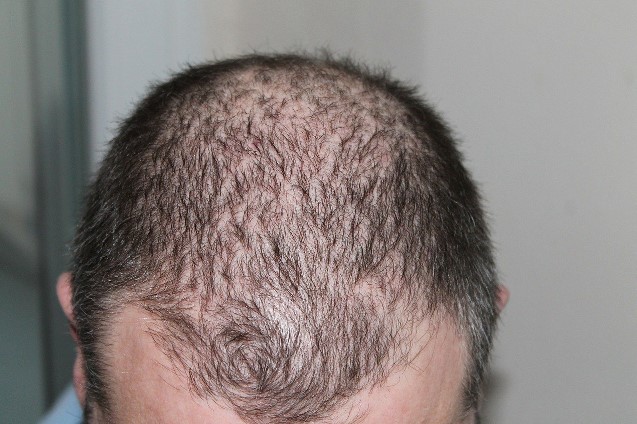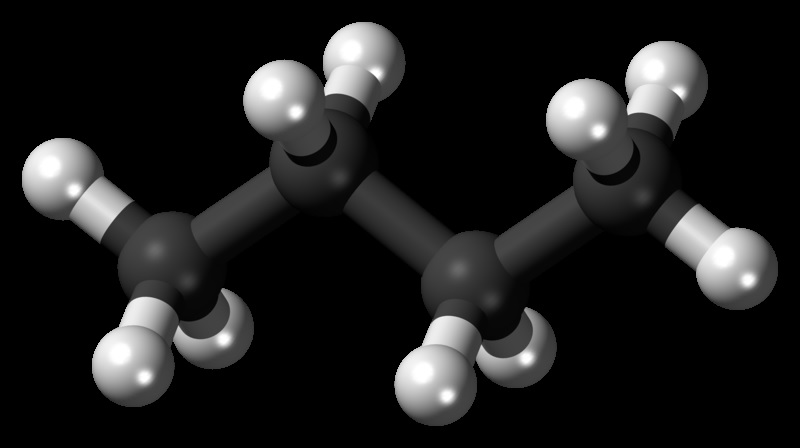Do you love your natural hair? Are you willing to enhance and protect it rather than expose it to harmful chemicals just so it will look better?

This is the dilemma of most adults, especially those who go out of the house and into the office to work everyday. When outside, everyone wants to look their best and the hair is not always cooperative in that area. This is where hair products come in. They promise to help make us look good by giving us the authority over our hair.
Most of you know what I mean when I say that we don’t often rule our hair. It’s often the other way around. When your hair is tough, you generally cannot control it as if it has a life of its own. Hair styling products such as gel, wax, hair spray and others help us regain control by giving us the power to style our hair as we desire.
The problem is, this power comes with a price. Oftentimes, altering the real state of your hair to make it “prettier” or “handsomer” means destroying its natural composition, thus, damaging it. Here are some of the chemicals, from the simplest to the most complex, that you should start avoiding in order to protect your hair from damage.
Sodium Chloride
Yes, NaCl or table salt! Not that you’re putting salt on your hair as a shampoo or a conditioner. We’re referring to the times when you last swam in the sea, did snorkelling and some other fun activities with your hair in direct contact with the sea.
The effects of salt on the hair are extremely damaging, making the hair brittle and the scalp dry and itchy! Experts suggest that you wear a swimming cap while enjoying the sea. If you think that a swimming cap may interfere wit your beautiful photos, then at least don’t let saltwater dry in your hair. Right after getting off from the sea, take a shower, rinse your hair with water, then condition it generously.
Butane
Let’s get this straight. Butane is a chemical that is used in lighter fluid, insect repellant, bathroom tub and tile cleaners, engine lubricants, and aerosol paint concentrates. You can only imagine how it affects your hair. But if you can’t, let’s go down to the specifics.
First off, dry shampoos are 70-90% composed of butane, isobutane, and propane. Butane specifically dries the scalp and leads to hair thinning and hair loss.

Butane is a propellant that works to blast the ingredients of a hair product evenly throughout the hair. It is present on dry shampoos, hair mousse, and hairspray. The next time you look for a hair styling product, check the fine print and you’ll be surprised to find out that this same chemical is present in the product. Better to skip using these products with butane on the label and just use natural hair product alternatives.
Imidazolidinyl Urea
I agree, the name is just too difficult to remember. But it’s important to be cautious and to really check if this chemical is present in your hair styling product. Imidazolidinyl urea is a preservative that’s also used in cosmetic products, the purpose of which is to prolong shelf-life. Experts from Asian hair restoration center are concerned about the use of this chemical because they do not only damage the hair but irritates skin and scalp too.
What we’re so alarmed over the inclusion of this chemical is that it’s a formaldehyde releaser, that’s meant to produce formaldehyde gas. This type of chemical has been linked to various types of cancers in many different studies. So you can only imagine how it damages your scalp and how it leads to hair loss. It can even cause blisters to form in your scalp.
Diethanolamine (DEA) and Triethanolamine (TEA)
Diethanolamine and triethanolamine are two chemicals that are used as fragrance, emulsifying, and hair conditioning agents. They also boost foam in personal care products. But their effects on health are debilitating. They can cause irritation on the skin and the eye and they can be toxic when swallowed. On hair, these two chemicals, diethanolamine and triethanolamine, specifically destroy keratin, which leads to dry and brittle hair.
Ammonia
Do you know that ammonia is present in almost all common household cleaners? Ammonia, in hair products, specially in hair colouring products, are added to open the hair cuticle. When the cuticle is opened, the dyes and peroxide can enter the hair to color it. The problem is that opening the cuticle through the use of ammonia makes the hair weak, leading to more breakage and falling hair. Although hair loss is not the actual effect of ammonia, it weakens the hair strands to make it unhealthy.
Sodium Lauryl Sulfate and Laureth Sulfate
Also present in various hair styling products are sulfates. These are considered by some experts as the most damaging chemicals in hair products because they break down the lifeblood of hair, which are proteins. Without protein, the hair will not grow healthy and will not even grow at all. More than that, sulfates, which are also contained in engine degreasers and soaps for car wash have the effect of removing all the protective oils of the hair, causing it to break down and dry out.
These two kinds of sulfates are mostly present in shampoos, conditioners, anti-dandruff treatments, and other cleaning products. Sulfates are added to these products because of their ability to break down oil and grease, thus, making it effective as cleaning agents.
Now that we’ve given a list of harmful chemicals that you should avoid, it’s about time we give you alternatives to chemical-based hair products.
We’re not going to recommend any brand or store out there because a little Googling of natural hair products or hair loss solution can give you the answer to your problem. Now that it’s easy to find anything on the internet, we advise that you use natural products to protect your hair. If you’re experiencing hair loss issues, you can resort to having consultations with experts in hair loss treatments.